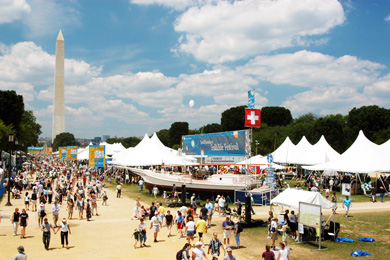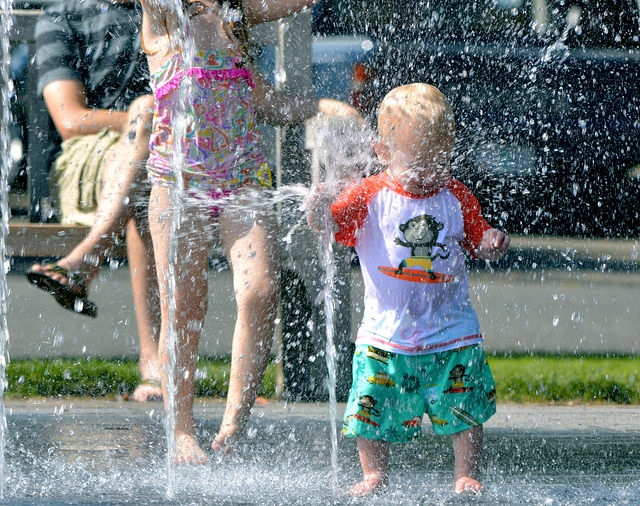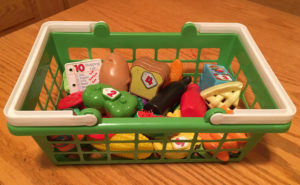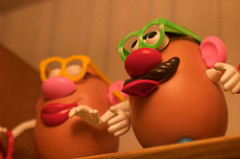The Folklife Festival will take place June 27-July 1 and July 4-8.
The annual Smithsonian Folklife Festival is an international exhibition of living cultural heritage. Attracting more than one million visitors yearly, the two-week long celebration is the largest annual cultural event in the United States.

The Festival is held outdoors on the National Mall in Washington, D.C., between the Smithsonian museums. There is no admission charge. Visitors should dress for hot and humid weather. Parking around the Mall is extremely limited, so visitors are advised to use public transportation. L’Enfant Plaza is the closest Metro station to the Festival site. National Archives, Smithsonian, and Federal Center stations are within a half-mile. For assistance planning how to get around, visit www.goDCgo.com. For general Smithsonian visitor information, http://www.si.edu/Visit or call 202.633.1000 (voice).
Festival hours are 11:30 a.m. to 6 p.m., with special events taking place most evenings beginning at 6:30 p.m. View the schedule here.
I highly recommend that you visit their website to plan your visit http://www.festival.si.edu/



 What is Daylight Saving Time?
What is Daylight Saving Time?
